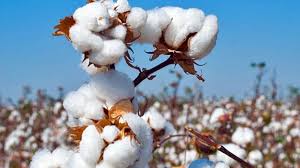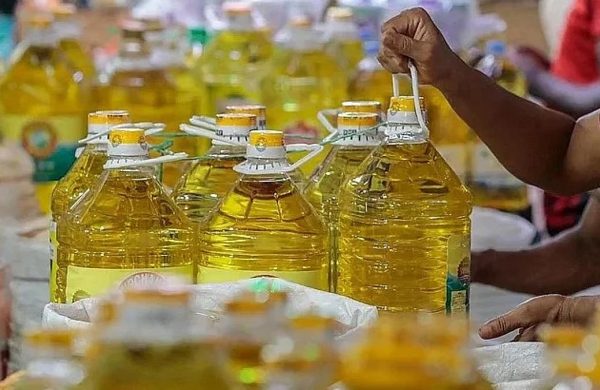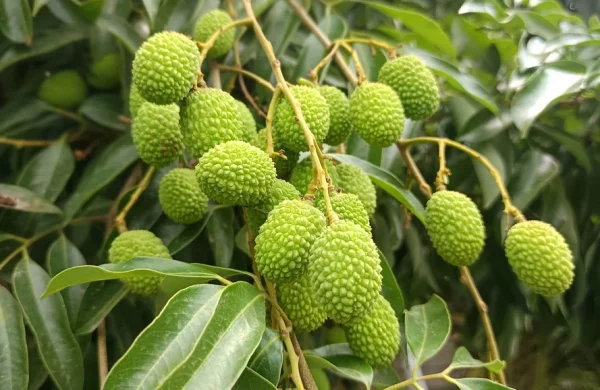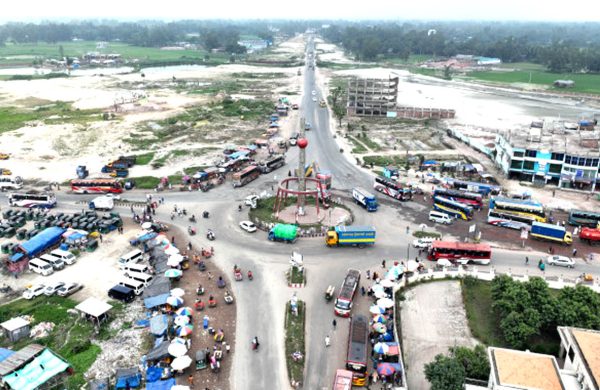Bangladesh to surpass China in cotton imports
- Update Time : Thursday, February 20, 2025
- 55 Time View

Staff correspondent:
The US Department of Agriculture (USDA) has predicted that Bangladesh will surpass China in cotton imports—the primary raw material for the ready-made garment and textile sector—during the current 2024-25 trading year (August–July).
If this happens, Bangladesh will once again become the world’s top cotton importer. The country has held this position multiple times before and after the COVID-19 pandemic.
According to a USDA report published last week, Bangladesh’s cotton imports are expected to reach 8 million bales by the end of the 2024-25 trading year, which began last August.
The agency previously predicted in October that imports would be 7.8 million bales, but it has now revised its estimate upwards. The increase in cotton imports is primarily driven by a rise in purchase orders for ready-made garments.
In the 2023-24 trading year, Bangladesh imported over 7.5 million bales of cotton. Notably, one bale is equivalent to 480 pounds or 218 kilogrammes.
Despite the USDA’s forecast, textile mill owners in Bangladesh point out that most mills are not operating at full capacity due to the ongoing gas crisis, which has raised production costs.
Additionally, incentives for the sector were reduced last year. As a result, domestic yarn producers are struggling to compete with Indian yarn, leading to an increase in yarn imports from India.
The USDA’s October report had projected that global cotton imports for the 2024-25 trading year would reach 42.4 million bales, with China, Vietnam, Bangladesh, and Pakistan accounting for 65 per cent of the total. The report estimated that China would import 8 million bales, Vietnam 7.1 million, Bangladesh 7.8 million, and Pakistan 4.8 million.
However, in its updated February report, the USDA revised its forecasts, stating that China’s cotton imports could decrease by 700,000 bales from the previous estimate.
Meanwhile, Vietnam, Bangladesh, and Pakistan are each expected to import more cotton—by 300,000, 200,000, and 200,000 bales, respectively. As a result, China’s total imports may fall to 7.3 million bales, while Vietnam’s and Pakistan’s imports could rise to 7.4 million and 5 million bales, respectively.
When asked about the USDA’s forecast, Bangladesh Textile Mill Owners Association (BTMOA) Director Khorshed Alam told Prothom Alo that while the prediction is theoretically correct, the reality is different. The estimate is based on the production capacity of factories, but in reality, 40-50 per cent of this capacity remains unused due to the ongoing gas crisis. As a result, the actual cotton imports will likely be lower than projected. Moreover, a significant portion of the imported cotton will come from India in the form of yarn.
Citing his own experience, Khorshed Alam said, “My two spinning mills always maintain a three-month stock of cotton. Since we are currently utilising only 50-55 per cent of our production capacity, we have not imported any cotton in the last four months.”
According to the USDA, Bangladesh imported 8.4 million bales of cotton in the 2021-22 trading year to meet the demand of its primary export sector. During the same period, China imported 12.7 million bales. However, China’s imports declined significantly in the following year. In the 2023-24 trading year, China made a comeback, importing 14.9 million bales of cotton. This year, however, their imports have once again decreased sharply.
According to the National Board of Revenue (NBR), Bangladesh’s textile sector traders imported 1.889 million tons of cotton last year—an increase of 39 per cent compared to the previous year—at a cost of 453.74 billion taka. Additionally, 1.2 million tons of yarn were imported, amounting to 457.13 billion.
The Bangladesh Textile Mills Association (BTMA) reports that the country has 519 spinning mills, though some remain closed. These mills supply 85-90 per cent of knit fabric and around 40 per cent of the yarn used in woven fabrics.
BTMA President Shawkat Aziz Rasel stated that Bangladesh is self-sufficient in yarn production. However, due to the ongoing gas crisis, only half of the textile mills are operational, while the rest are either running at reduced capacity or have shut down entirely. Meanwhile, export-oriented readymade garment factories have strong purchase orders for the next three to four months, but local textile mills are struggling to supply the necessary yarn due to the energy crisis.





















